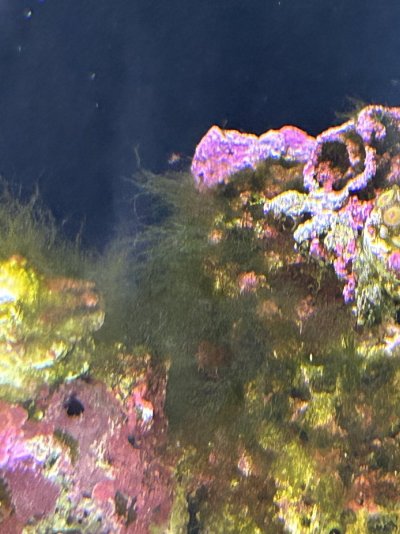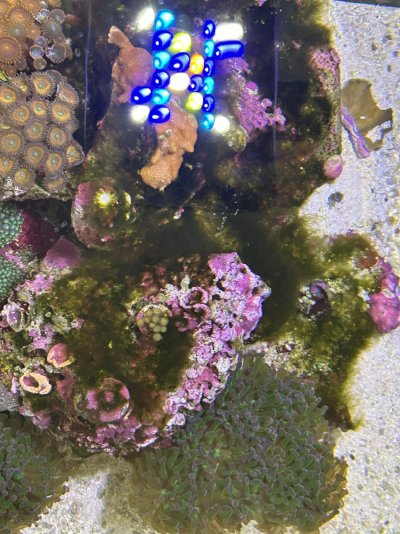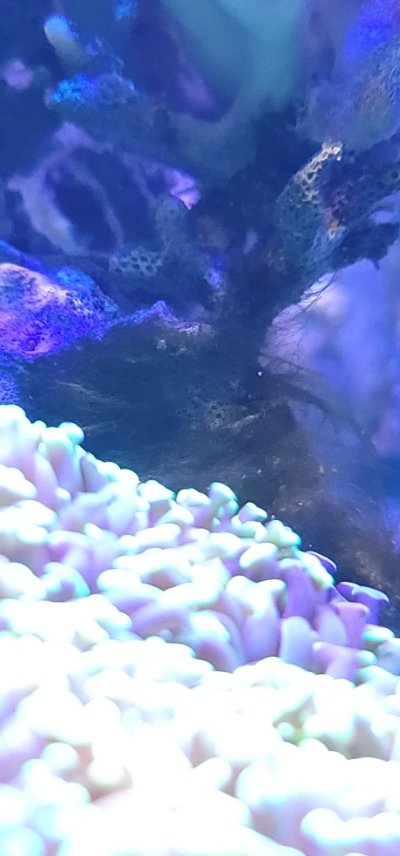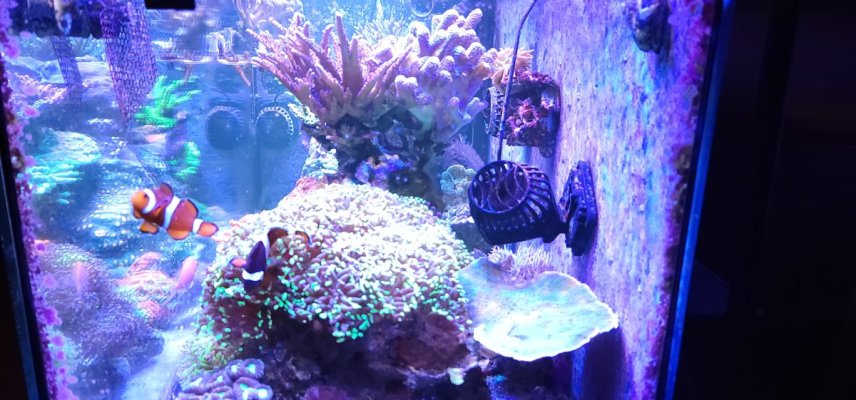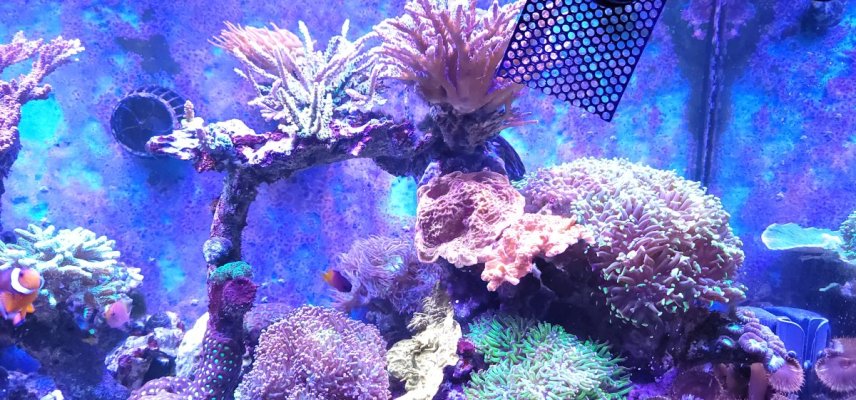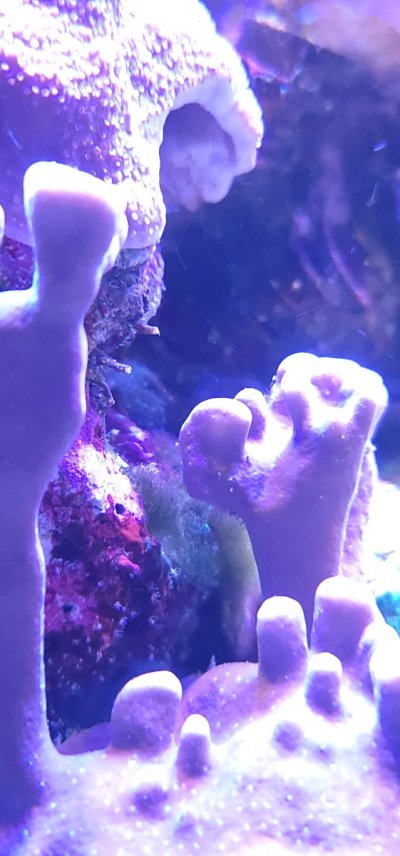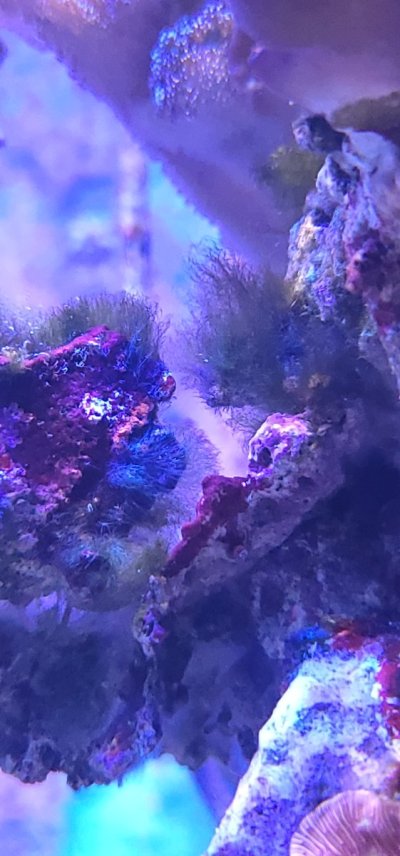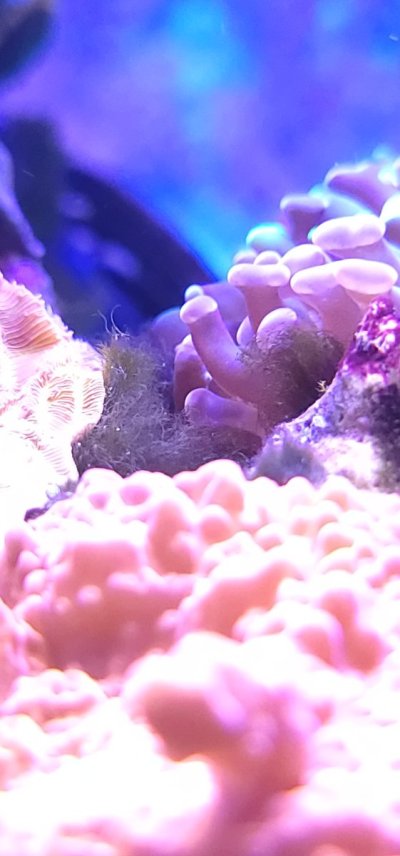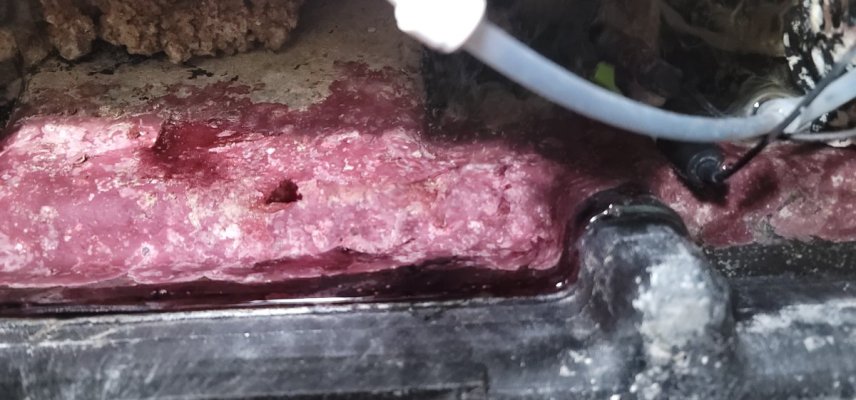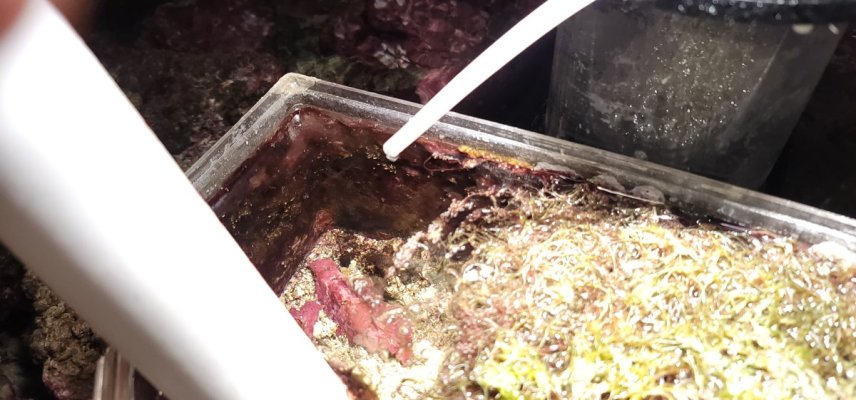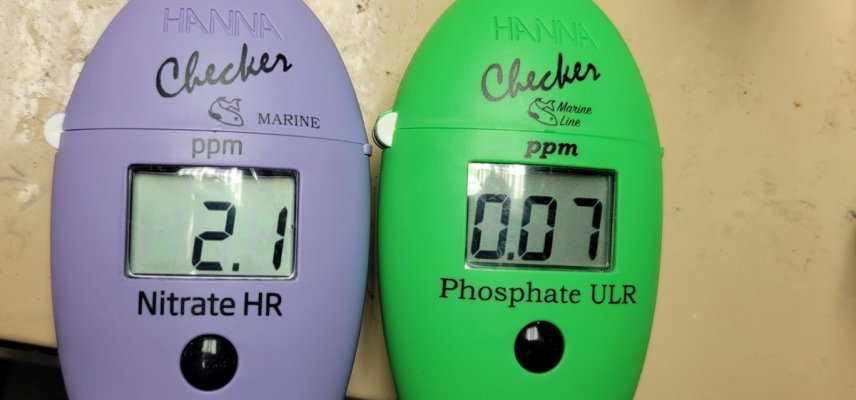sixty_reefer
5000 Club Member
View BadgesArticle Contributor
UK Reef Club Member
Hospitality Award
R2R Research
Unfortunately it can’t be dosed just manually as if mixed with water and left it will settle it’s organic carbon and it doesn’t dissolve hence the way that it feed a different type of bacteria compared to vodka or vinegar that dissolves straight away and stimulate a different type of bacteria that will oxidise inorganic nutrients instead of organic nutrients (the ones that release ammonia)I would 100% try this method.
Why?
It doesn't sound invasive at all like other chemicals.
It's a natural approach.
I assume this can go on a doser.
I just need a plan.
I've been working on the gha for probably about a year or close to it.
My tank has an apex but besides that, it's pretty much bare bones.
Stopped using gac.
Stopped using socks. (once in a while I throw one in)
Do use a skimmer.
After dinos, took off the UV.
I have maybe a dozen spots of algae. Some places I can't reach so I try and tweeze them out. It's time consuming and quite frankly, getting tired of it. In some spots, it is effecting my coral. I have started to peroxide some spots but I haven't really seen much change.
I'm ready to try a new approach.
A protein skimmer is essential if you have a bare tank to aid removing the bacteria and the nutrient trapped into their body mass, if you have a system full of life with plenty of filter feeders, coral and zooplankton the nutrients will travel the trophic levels and stored in tho the biomass of the top of the chain, normally they are the fish, coral, sponges, feather dusters, copepods etc… it will aid establish a complete trophic level in a system.






